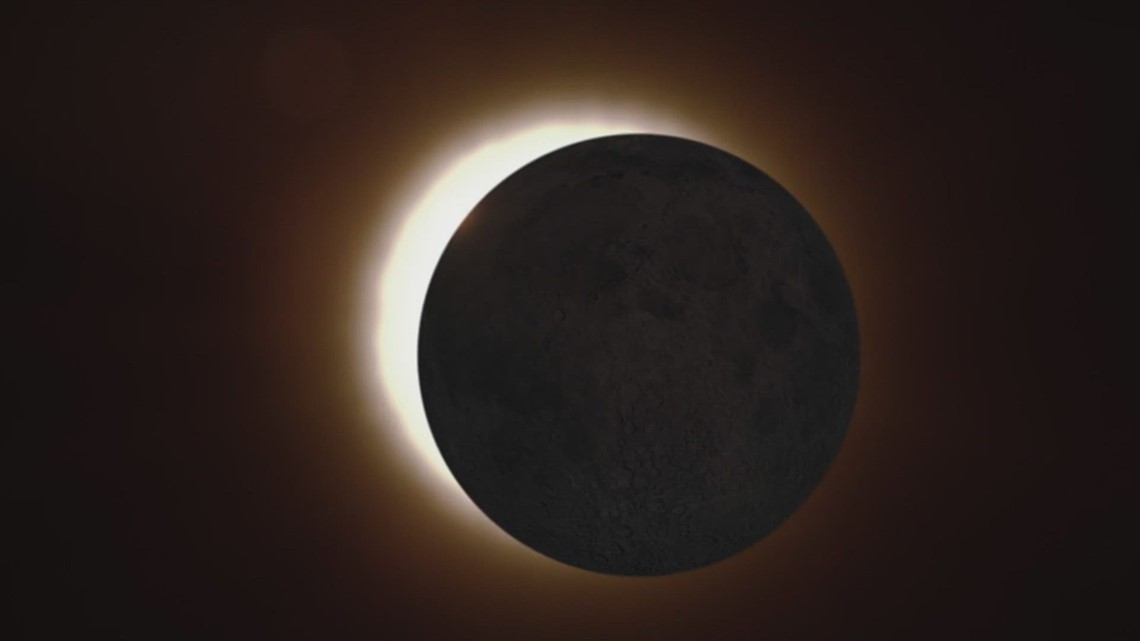When is the 2024 eclipse? How much will you see in Arizona?
The eclipse is set to begin Monday, April 8 around 10:08 a.m. Arizona won't be in the path of totality, but you can still the event. The 2024 total solar eclipse will occur on Monday, April 8 in Arizona, with maximum coverage occurring at 11:20 a.m. The path of totality will extend from Mexico to central Texas into the midwest before heading up through Newfoundland. Even if Arizona is not in the path of the eclipse, it will still see anywhere from 50-75% coverage. Areas further southeast will see greater coverage, while northwestern Arizona will see less. The eclipse will last approximately 2 hours and 27 minutes. The only safe moments to view without special eyewear are the moments of complete darkness once the moon fully covers the sun's daylight.

Published : one year ago by Author: John Tanet in World
The eclipse is set to begin Monday, April 8 around 10:08 a.m. Arizona won't be in the path of totality, but you can still the event.
Example video title will go here for this video
Example video title will go here for this video
ARIZONA, USA — One of the most highly-anticipated celestial events of the decade is just a few days away. On Monday, the 2024 total solar eclipse will sweep across America, giving millions a chance to see something incredible.
So when and where in Arizona can you expect to see the eclipse?
RELATED: Fill up your gas tank and prepare to wait. Some tips to prepare for April's total solar eclipse
The eclipse starts on Monday, April 8 at 10:08 a.m. in Arizona. It will last roughly 2 hours and 27 minutes with maximum coverage occurring at 11:20 a.m. The eclipse ends at 12:35 p.m.
The path of totality, where the moon's shadow is darkest, will travel up from Mazatlan in Mexico through central Texas into the midwest before heading all the way up through Newfoundland.
Even if Arizona isn't in the path of totality, we'll still see anywhere from 50-75% coverage depending on where you are in the state. Areas further southeast, like Tucson, Bisbee and Sierra Vista will see greater coverage. The northwestern part of the state near the Grand Canyon and Las Vegas will see less.
Heads up, Arizona has had cloudy weather on that day about a fifth of the time since 2000. Here's hoping the Valley of the Sun will live up to its name!
Don't forget that eye protection is necessary during an eclipse. Our eyes are extremely sensitive to light and when exposed to direct sunlight, the retinal cells could be permanently damaged. You should never look at an eclipse without special glasses.
The moments of complete darkness, once the moon fully covers the sun's daylight, are the only safe moments to view without special eyewear, NASA says.
